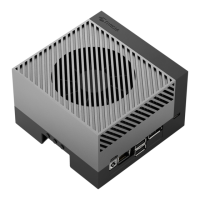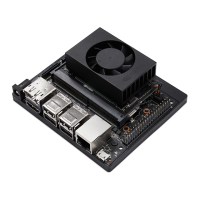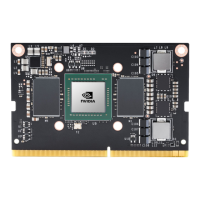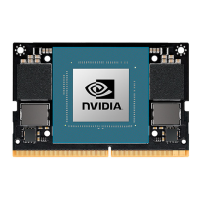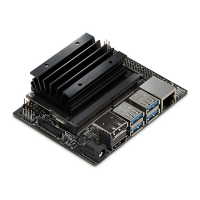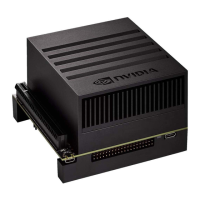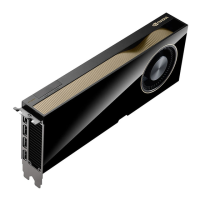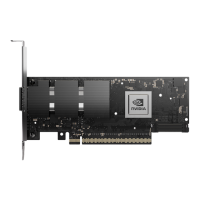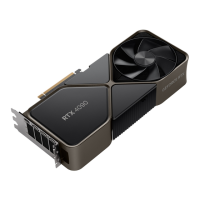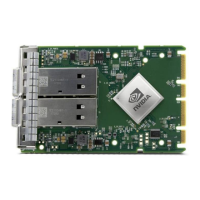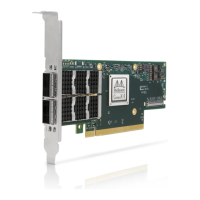Jetson AGX Xavier Series Product DG-09840-001_v2.5 | 34
Chapter 6. General Routing Guidelines
6.1 Signal Name Conventions
The following conventions are used in describing the signals for Jetson AGX Xavier:
Signal names use a mnemonic to represent the function of the signal. For example,
Secure Digital Interface #3 Command signal is represented as SDCARD_CMD, written in
bold to distinguish it from other text. All active low signals are identified by a # or an
underscore followed by capital N (_N) after the signal name. For example, RESET_IN#
indicates an active low signal. Active high signals do not have the underscore-N (_N) after
the signal names. For example, SDCARD_CMD indicates an active high signal. Differential
signals are identified as a pair with the same names that end with _P and _N, just P and N
or + and - (for positive and negative, respectively). For example, USB1_DP and USB1_DN
indicate a differential signal pair.
I/O Type The signal I/O type is represented as a code to indicate the operational
characteristics of the signal. The following table lists the I/O codes used in the signal
description tables.
Table 6-1. Signal Type Codes
Code Definition
Analog
Bidirectional Differential Input/Output
Differential Input
Differential Output
Bidirectional Input/Output
Input
Output
Open Drain Output
Bidirectional Input / Open Drain Output
Power
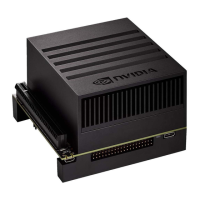
